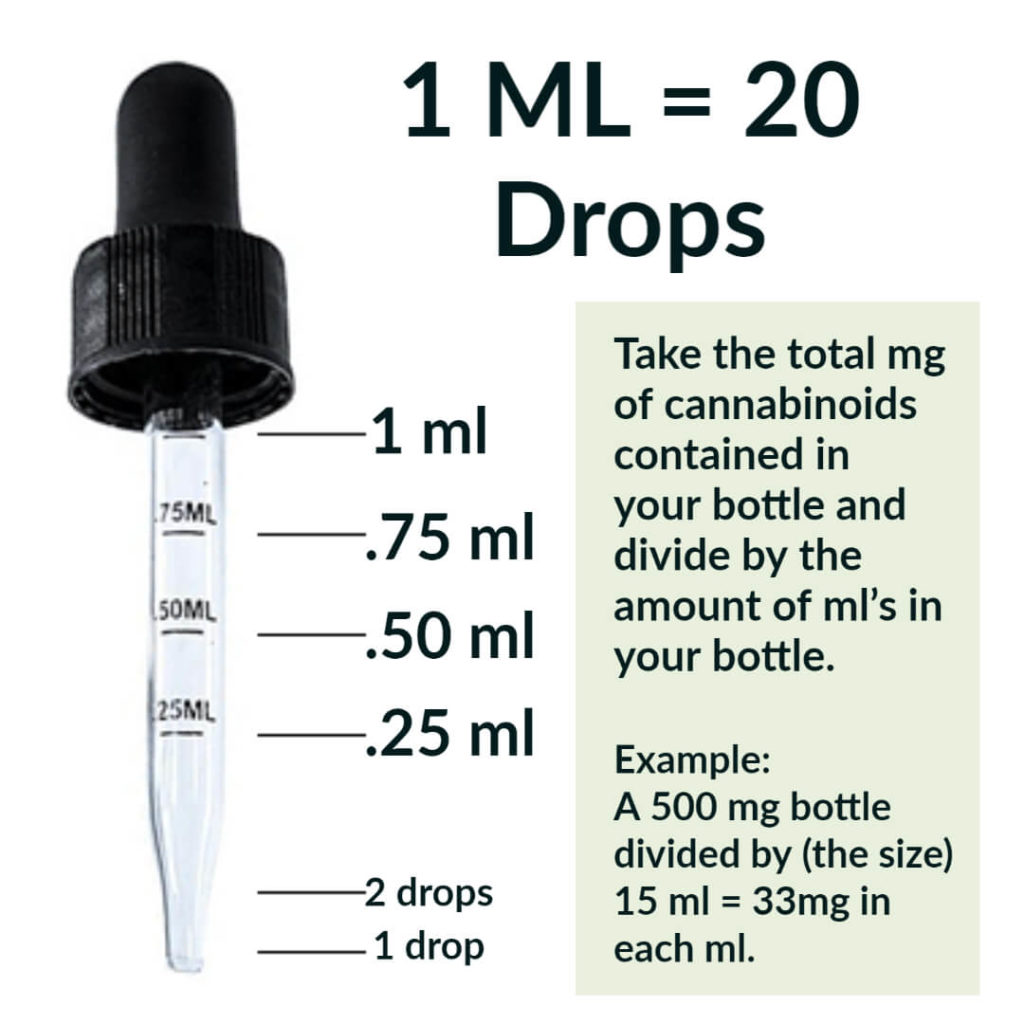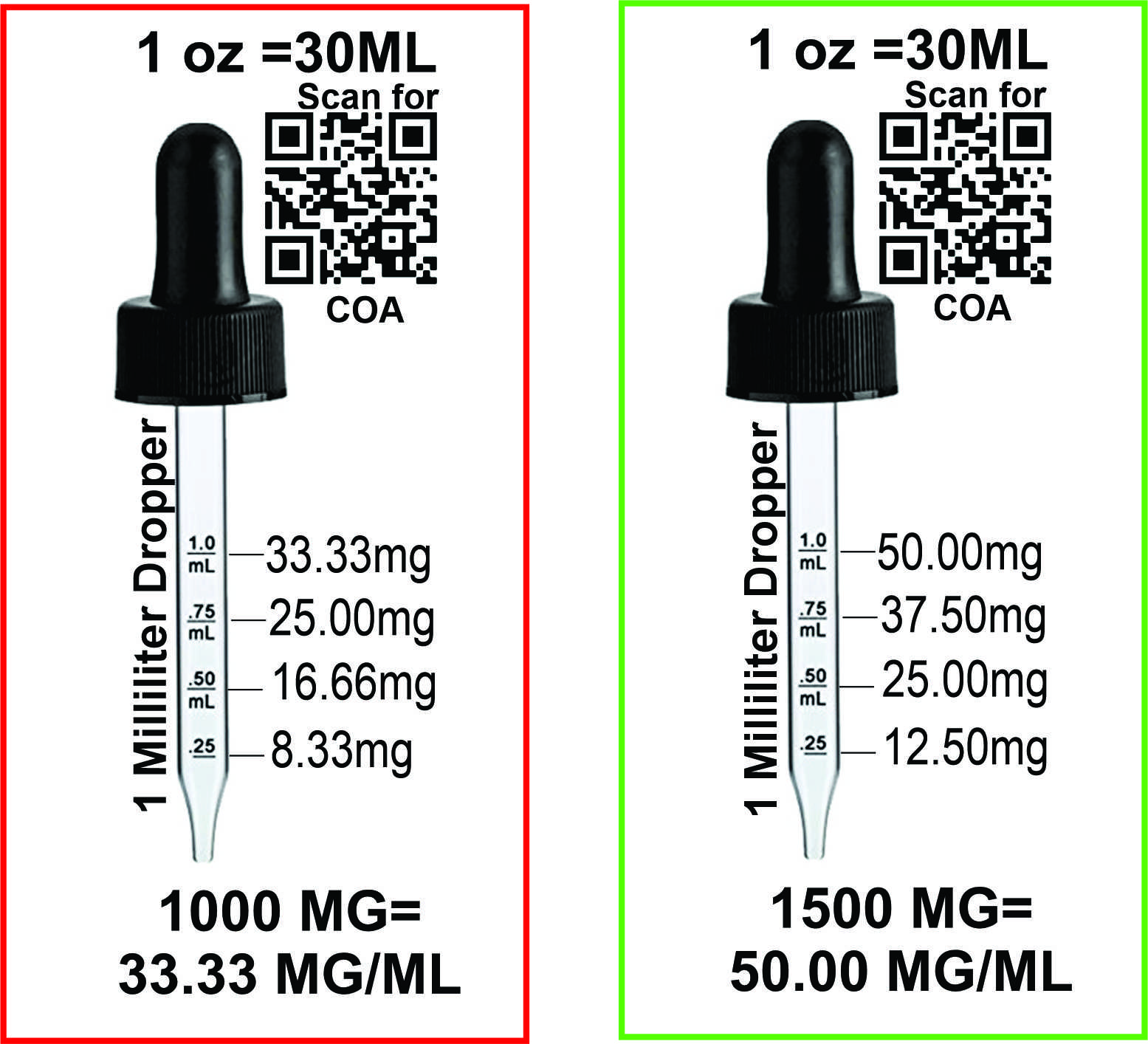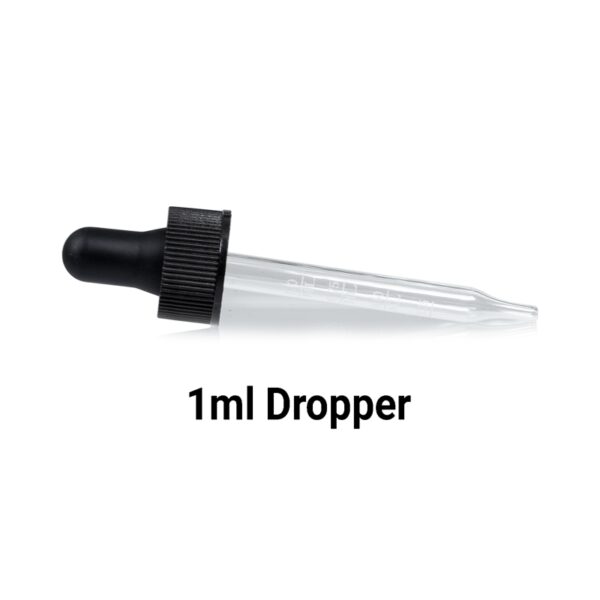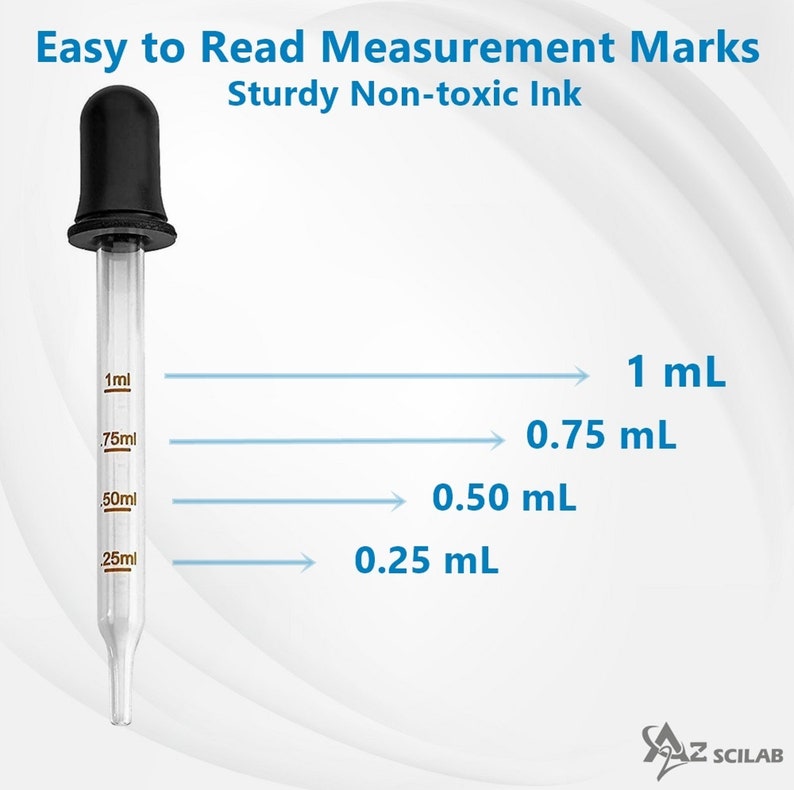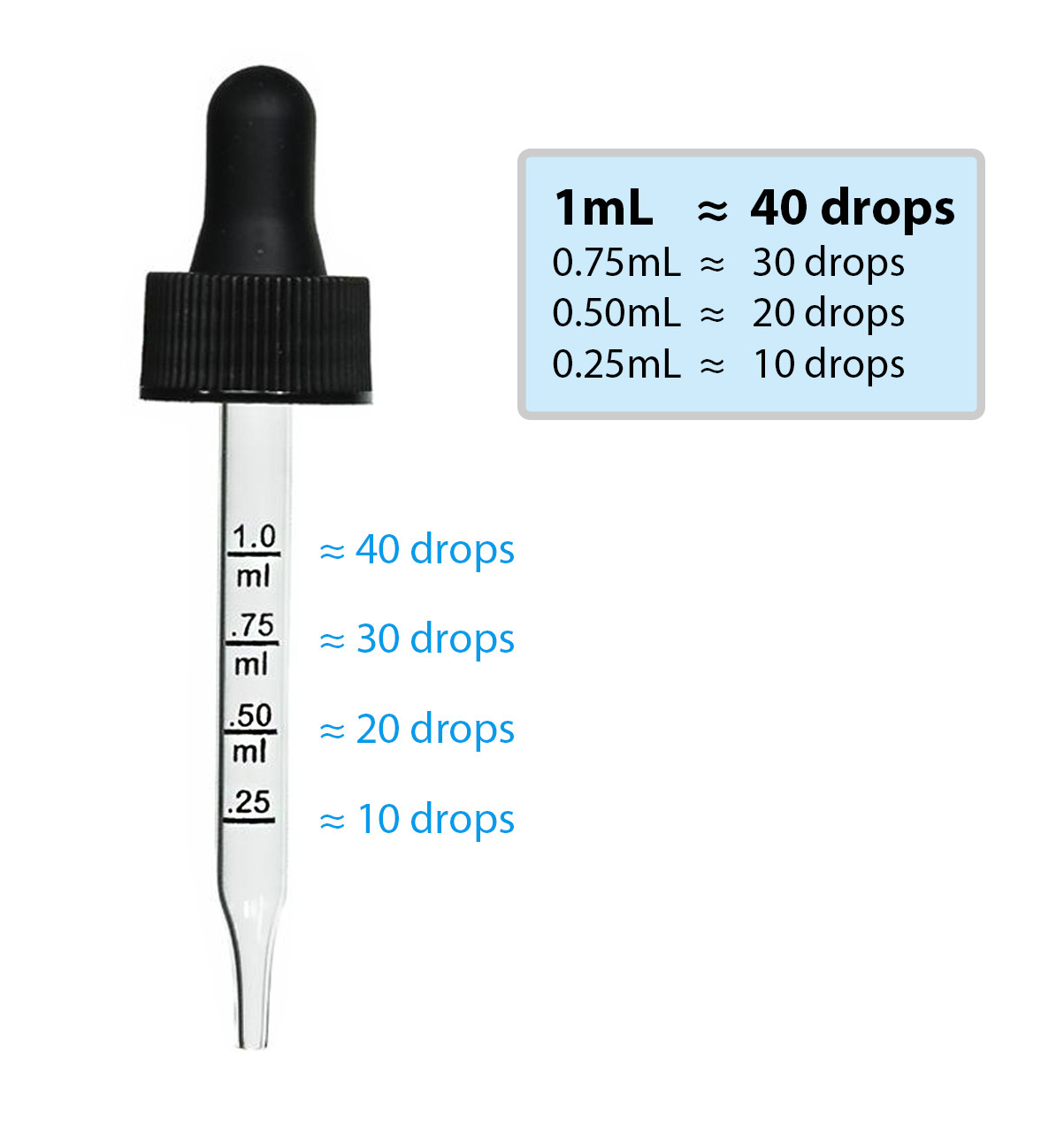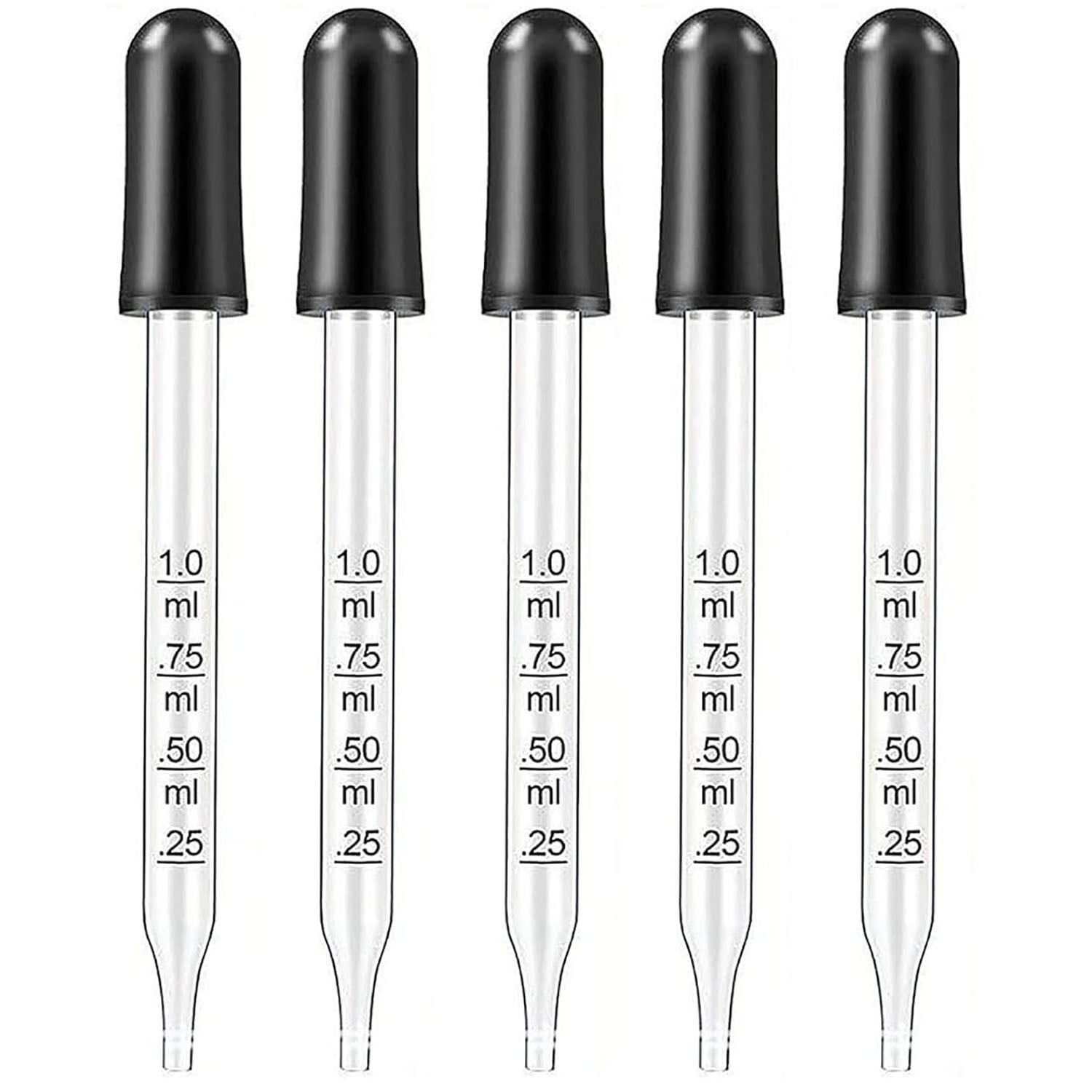How Much Is 1 Ml In A Dropper
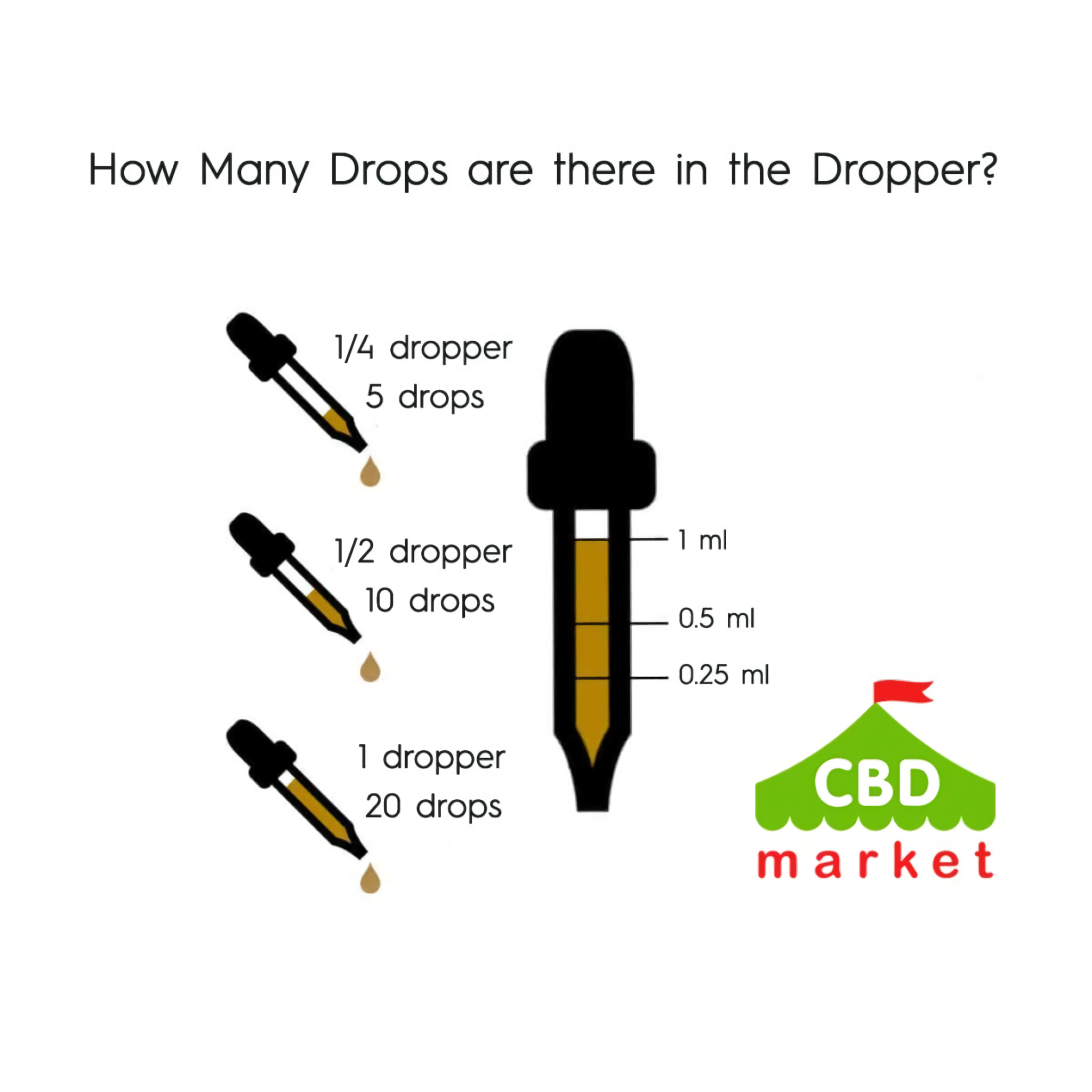
The seemingly simple question of how much liquid a dropper dispenses hides a surprising lack of standardization, creating potential for dosage errors with significant implications for health and safety. From administering medication to children, measuring precise amounts for scientific experiments, or even mixing solutions for everyday household tasks, the inconsistencies associated with dropper volumes can lead to inaccurate results and, in some cases, serious adverse effects.
This article dives deep into the varying volumes of droppers, exploring the reasons behind the discrepancies, the potential dangers they pose, and what steps can be taken to mitigate the risks associated with relying on droppers for precise measurements. We'll examine the lack of regulatory oversight, analyze the impact on different sectors, and consider potential solutions for establishing clearer standards in the future. Understanding the nuances of dropper volumes is crucial for ensuring accuracy and safety in various applications.
The Problem with Droppers: A Lack of Standardization
The fundamental issue lies in the fact that "dropper" is not a standardized unit of measurement. Unlike milliliters (mL) or teaspoons, there's no universally accepted volume defined for a single drop dispensed from a dropper. This lack of regulation leads to significant variations between different droppers, even those designed for similar purposes.
Several factors contribute to the inconsistency in drop size. These include the size and shape of the dropper's orifice, the viscosity of the liquid being dispensed, the angle at which the dropper is held, and even the surface tension of the liquid.
Different manufacturers may use varying designs, resulting in droppers that dispense significantly different volumes. This inconsistency is particularly problematic in situations requiring precise dosage.
Impact on Healthcare and Pharmaceuticals
The variability in dropper volumes is particularly concerning in healthcare. Accurate dosing is critical when administering medications, especially to vulnerable populations like infants and children. A miscalculated dose, even by a fraction of a milliliter, can have serious consequences.
Many over-the-counter (OTC) medications, such as pediatric pain relievers and allergy medications, come with droppers for administration. Parents and caregivers often assume that a "drop" is a consistent unit, leading to potential overdosing or underdosing.
The U.S. Food and Drug Administration (FDA) acknowledges the potential for dosing errors with droppers. While they don't currently mandate a specific dropper volume, they provide guidance on the importance of using the dropper that comes with the medication and following the instructions carefully.
Expert Opinions and Recommendations
Pharmacists and healthcare professionals emphasize the need for caution when using droppers for medication administration. They recommend that whenever possible, using a calibrated syringe is more accurate and reliable.
Dr. Sarah Jones, a pediatrician at Children's Hospital, stated, "We often advise parents to use a syringe or measuring cup to administer liquid medications, as droppers can be unreliable. It's essential to double-check the dosage and consult with a healthcare professional if you have any concerns."
Furthermore, some pharmacies offer compounding services where they can prepare medications in specific dosages using calibrated equipment, minimizing the reliance on droppers altogether.
Beyond Healthcare: Other Applications Affected
The impact of inconsistent dropper volumes extends beyond healthcare. In scientific laboratories, researchers rely on accurate measurements for conducting experiments and achieving reproducible results. Using uncalibrated droppers can introduce errors and compromise the integrity of the research.
In the food and beverage industry, flavoring extracts and food colorings are often measured using droppers. Inconsistent drop sizes can affect the taste and appearance of the final product, leading to quality control issues.
Even in everyday household tasks, such as mixing essential oils or adding nutrients to hydroponic solutions, relying on droppers without understanding their volume can lead to inaccurate mixtures.
What Can Be Done? Toward Standardized Solutions
Addressing the problem of inconsistent dropper volumes requires a multi-pronged approach. The establishment of standardized dropper volumes by regulatory bodies like the FDA would be a significant step forward. This could involve defining specific dimensions for dropper orifices and establishing acceptable ranges for drop volumes.
Manufacturers can play a crucial role by providing clearer information on dropper volumes. This could include labeling droppers with their approximate volume or including a calibration mark on the dropper itself.
Educating consumers about the limitations of droppers and the importance of using calibrated measuring devices is also essential. Pharmacists and healthcare professionals can provide valuable guidance on accurate medication administration.
Ultimately, a greater awareness of the potential for errors associated with dropper use is crucial. By understanding the limitations of droppers and implementing appropriate measures, we can minimize the risks and ensure greater accuracy in various applications. Reliable and accurate measurement is fundamental.
Looking Ahead: The Future of Dropper Use
While the current situation presents challenges, there is hope for improvement. Ongoing research and development in microfluidics and precision dispensing technologies may lead to more accurate and reliable alternatives to traditional droppers in the future.
Until then, it is essential to acknowledge the limitations of droppers and take appropriate precautions to minimize the risks associated with their use. By promoting standardization, education, and the use of calibrated measuring devices, we can improve accuracy and safety in healthcare, scientific research, and everyday life. The focus should always be on providing the most precise dosage possible.
The continued advancement and refinement of measurement techniques ensures a more accurate future for fluid dispensation. Let's work together to ensure it.

